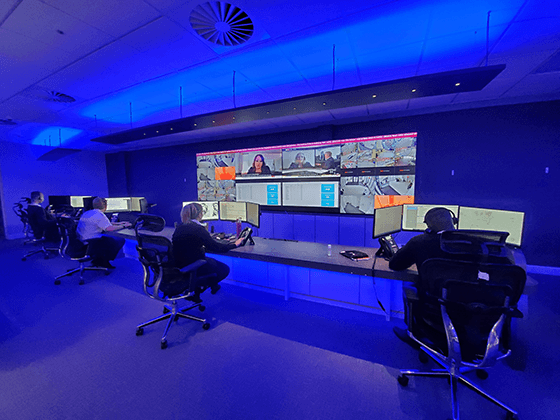Section 4
This section sets out the business requirements that suppliers of lone worker safety services should adhere to.
Providers should be clear about the management structure of the organisation and be able to demonstrate control and accountability at every level.
Providers should be able to demonstrate that they are financially stable, adequately insured, and that they have a robust policy around data.
The requirements also set out that all elements of the service are made clear before a client contract is signed. A log of all events, including service failures, should be maintained for auditor inspection.
Providers should be clear about which of their safety solutions comply with BS 8484 – and which do not.
Section 5
This section has been updated to allow the choices between lone worker devices and applications to be understood in terms of the functions they provide and the level of risk management they offer.
With an updated range of essential functions, the section also advises the types of functions that would be ideal for the different types of lone workers. In BS 8484 this is split between people risk and environmental risk.
Given the ease of which data is increasingly available, solutions will be required to help ARC operators by reporting battery and signal status.
Section 6
This section is particularly important and focuses on what providers of lone worker safety solutions should deliver in terms of training and support.
If a lone worker safety initiative is to be successful, health and safety culture needs to be fully embedded in the workplace — and effective training is key to achieving this. To be truly safe, staff need to understand why they need to use their devices, not just how to use them.
To comply with BS 8484, providers should deliver lone worker training to both management and front-line lone workers. As a minimum, this should include how to operate the devices or apps.
Providers should also provide support activities and management tools such as email support and regular reports. They must also meet training requirements for their own employed staff.
Section 7
This section deals with the 24/7 alarm receiving activities and now provides a comprehensive input as to the quality and clarity of process required to achieve the standard for lone worker safety.
Mandatory response times to incoming alerts have been reduced to 10 seconds in 80% of occasions. There is also clearer detail on how to measure the timing of the critical points in the ARC SOS alarm process.
The requirement for quality operators is underpinned by the training support and operational guidance that needs to be available.
The few changes to this section deal with ensuring accurate and effective escalation process, including recognition of the police policies for lone worker systems.
Section 8
This section relates to the response services provided in the event of an SOS alarm being raised.
Suppliers of lone worker services need to ensure that the stated response requirements are consistent with the policies and capabilities of the response services.
This could be via the emergency services (e.g. police, ambulance etc.); nominated in-house escalation contacts (e.g. manager, supervisor or another lone worker), or a contracted response (e.g. Peoplesafe’s National Response service).
Security companies wishing to provide a response to lone worker alarms should conform to BS 7984-2 which includes specific training recommendations for mobile response staff.


